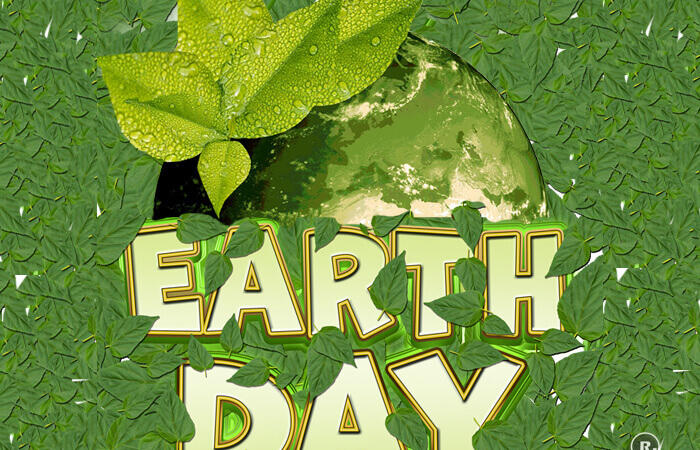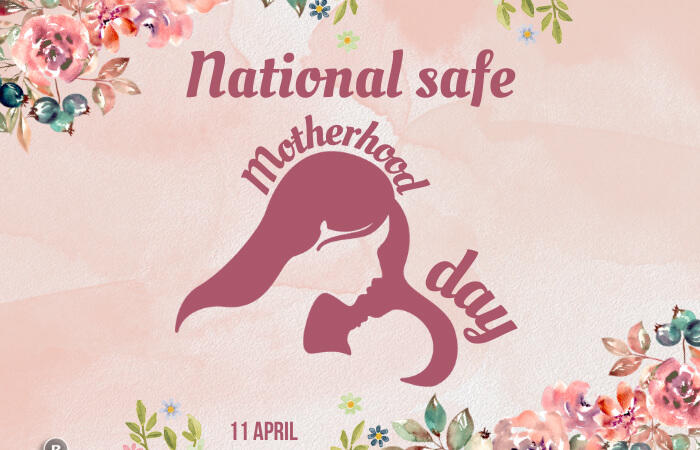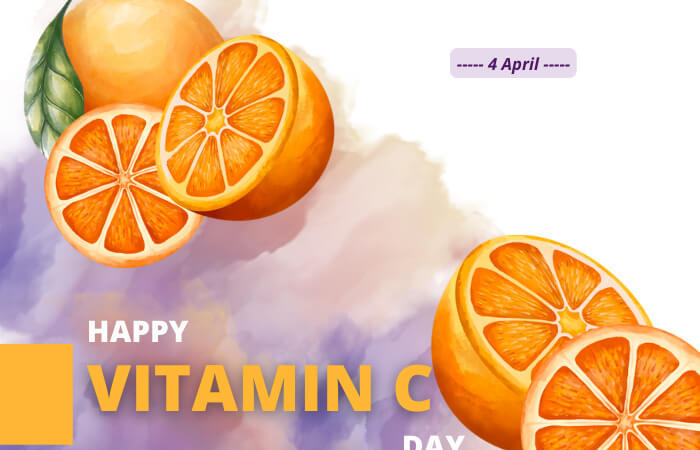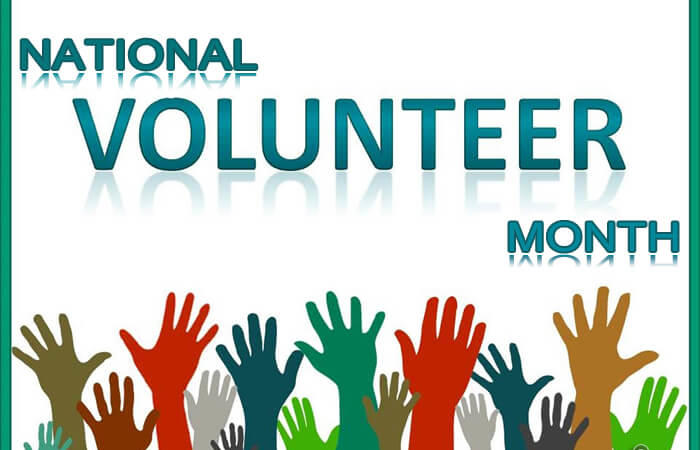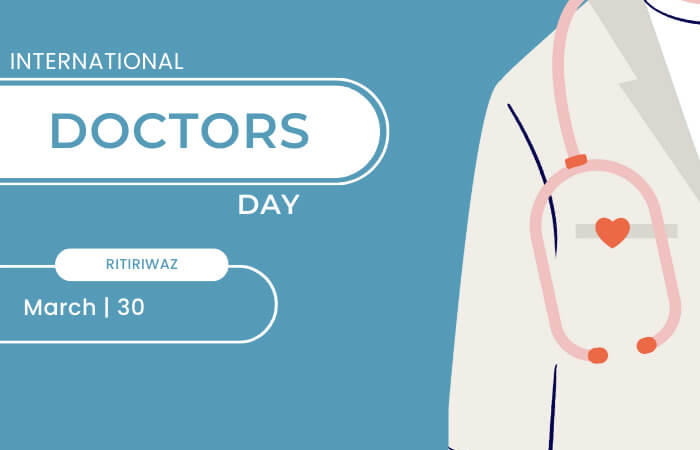World Ozone Day – September 16
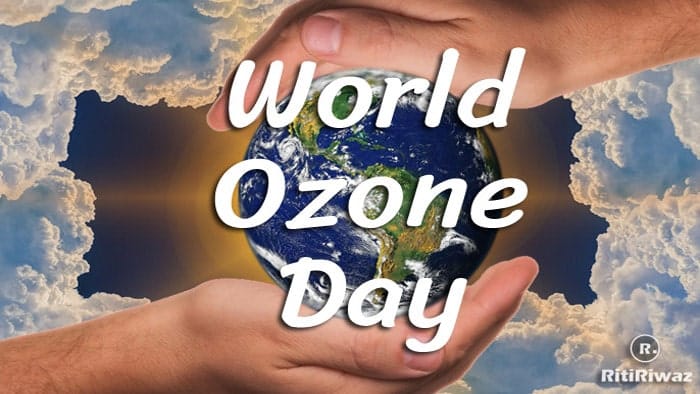
The UN General Assembly proclaimed 16th September the “International Day for the Preservation of the Ozone Layer“. World Ozone Day is commemorating the date of the signing, in 1987, of the Montreal Protocol on Substances that Deplete the Ozone Layer.
The theme for the year 2020 – Ozone for life: 35 years of ozone layer protection
In the 1970s scientists discovered that certain man-made chemicals could potentially destroy ozone and deplete the ozone layer. Further research found that the growing production and use of chemicals like chlorofluorocarbons (CFCs) in aerosol sprays, refrigeration, insulation, and air conditioning was contributing to the accumulation of ozone-depleting chemicals in the atmosphere.
The discovery in the 1970s of the problem of ozone depletion by man-made chemicals led to decisive and swift global action. The international community adopted the Vienna Convention in 1985 followed by the Montreal Protocol in 1987.
United Nation’s International Day for the Preservation of the Ozone Layer was proclaimed in the year 1994 by the UN General Assembly. On this day in the year, 1987 this day was an agreement called the Montreal Protocol was signed by 24 countries and the European Economic Community. This agreement was for the protection of the stratospheric ozone layer, decrease the use of chloro-fluoro carbons (CFCs) and other Ozone-depleting chemicals (ODCs).
In the year 1985 in Vienna, 43 countries participated in the Convention for the Protection of the Ozone Layer, where they agreed to work towards understanding and curbing human activities that affect the Ozone layer. In the same year, a hole in the ozone layer was found over Antarctica.
Today the Montreal Protocol is still seen as a model of an innovative and dynamic response made possible by the concerted efforts of a wide range of stakeholders such as scientists, policy-makers, economists, engineers, and lawyers. In 2019, the Kigali Amendment got here into power as a follow-up to the Montreal Protocol. The Kigali Amendment referred to as for lowering greenhouse gases which trigger international warming, the newest reason for fear for nations.
A thinning ozone layer leads to a number of serious health risks for humans. It can cause greater incidences of skin cancer and cataract of the eye, with children being particularly vulnerable. There are also serious impacts on biodiversity. Increased UV-B rays reduce levels of plankton in the oceans and subsequently diminish fish stocks. It can also have adverse effects on plant growth, thus reducing agricultural productivity. Another negative effect is the reduced lifespan of certain materials.
A distinction must be made between ozone in the stratosphere – the part of the atmosphere about 15 km above the earth’s surface (commonly referred to as the ozone layer) – and ground-level ozone. Ozone-depleting substances only affect the stratospheric ozone layer. While an abundance of ozone in the ozone layer protects humans by shielding us from harmful UV radiation, excess amounts of ozone at ground level are bad for the health, as ozone is toxic for humans due to its strong oxidant properties. Conversely, increased levels of UV-B rays increase ground-level ozone.
The observation of World Ozone Day aims to raise awareness on the threats of the depletion of the ozone layer from harmful man-made gases and appeal to all industries and citizens to protect it by using products that are ozone-friendly.
Importance and facts of Ozone Layer:
-
Ozone protects living organisms by absorbing harmful ultraviolet radiation (UVB) from the sun.
-
Keeps out about 95% of UV rays
-
Ozone is a triatomic form of oxygen (O3) found in Earth’s upper and lower atmosphere.
-
The ozone layer, situated in the stratosphere about 15 to 30 km above the earth’s surface.
-
The destruction of the ozone layer is primarily caused when the amount of gases that contain chlorine begins to increase in the environment. As these gases rise upwards, they are exposed to UV light.
-
The thinning of the ozone layer means getting directly in touch with ultraviolet rays which can cause skin cancer or skin irritation which can lead to death.
-
A decrease in 1% of the ozone layer can cause a 5% increase in cases of skin cancer.
-
UV rays can penetrate through water and can kill small plants and animals. If the ozone hole keeps on expanding, there would be very few plants which mean less food in the whole world.
-
Certain crops will also be affected.


